Making Hypertufa pots
by Jesse Khong,
Hypertufa pots are very popular because of their natural stone appearance, weightlessness and porous quality. Hypertufa is an imitation of natural tufa, a variety of limestone.
Mixing
Protect yourself by wearing dust mask and gloves. Mix the Portland cement, sphagnum peat moss and perlite together in a mixing tub. Gradually add water and keep mixing until the mixture feels like cottage cheese. Grab a handful of mixture and squeeze firmly to test the moisture level. If the mixture stays together without breaking apart and only a few drops of water drip down, then it is ready for molding (not too wet or too dry). If there is too much running water in the mixture, add a little of perlite and peat moss. Use water sparingly as it is easier to add more water when needed than trying to add more aggregates to balance the water level.
Molding
Select a variety of plastic plant pots or household containers to use as your molds. I sometimes paid a visit to a Goodwill store and picked up a few interesting containers. Use a plastic bag to line the mold. This allows you to not only easily separate the mold from the Hypertufa pot later, but also seal the bag to retain the moisture for a good curing process. Keep packing along the wall of the mold with the mixture to achieve your ideal shape. Use your thumb to create a drainage hole at the bottom of each pot. A larger pot might need multiple holes.
Curing and Finishing
When you finish molding the pot, mist it very well and seal the plastic bag. I usually re-opened the bag and misted the pot once every 24 hours; let it harden up for at least 48 hours. Once the pot is hard, remove it from the mold and brush the outside to remove the imprint of the plastic bag and give the pot a more natural look. Completely submerge the pot in a tub of freshwater for at least a week. Change the water every 3 days. This process not only helps release the Portland cement chemical, which is harmful to plants, but also makes the pot more durable and cold hardy.
A lesson of my failed experience
I once mixed Portland cement, peat moss and perlite together in a tub, and then realized that I did not have enough time to finish that project. I covered the tub and restarted the project a few days later just to discover that the mixture refused to bond. I assumed since I had not added water to the mixture, everything would be fine. But it did not work that way, so make sure you have enough time to start this project from mixing to molding.

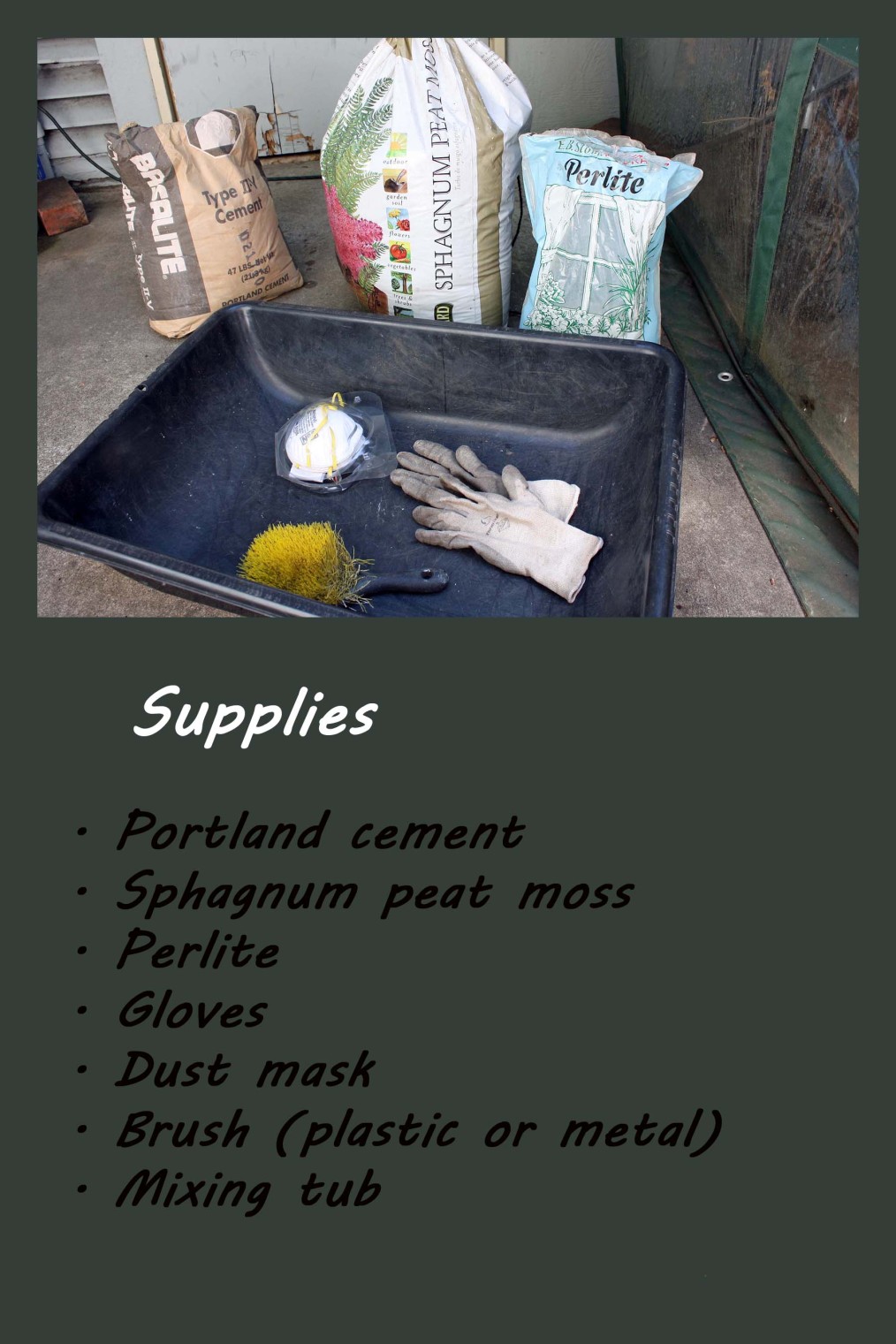
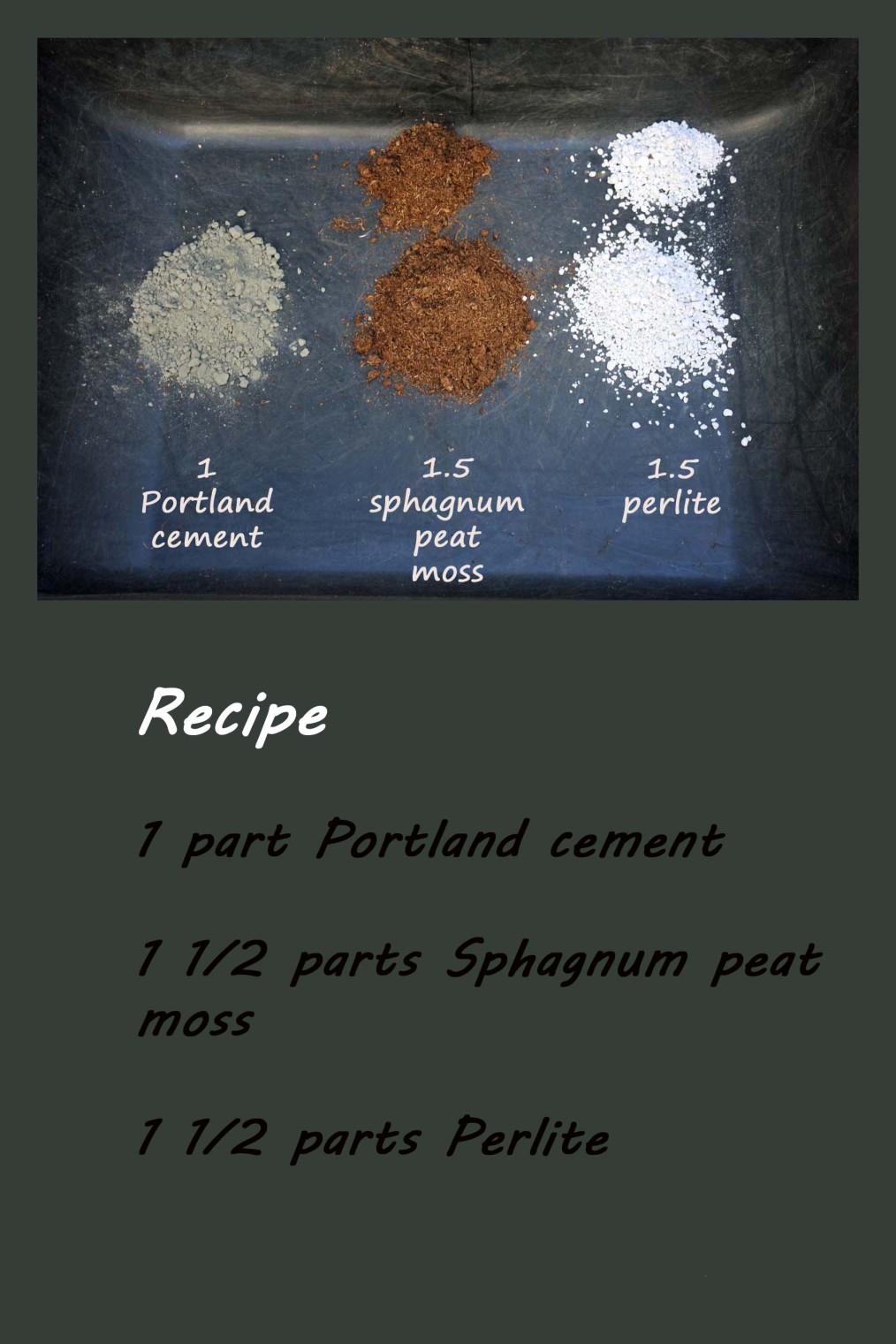
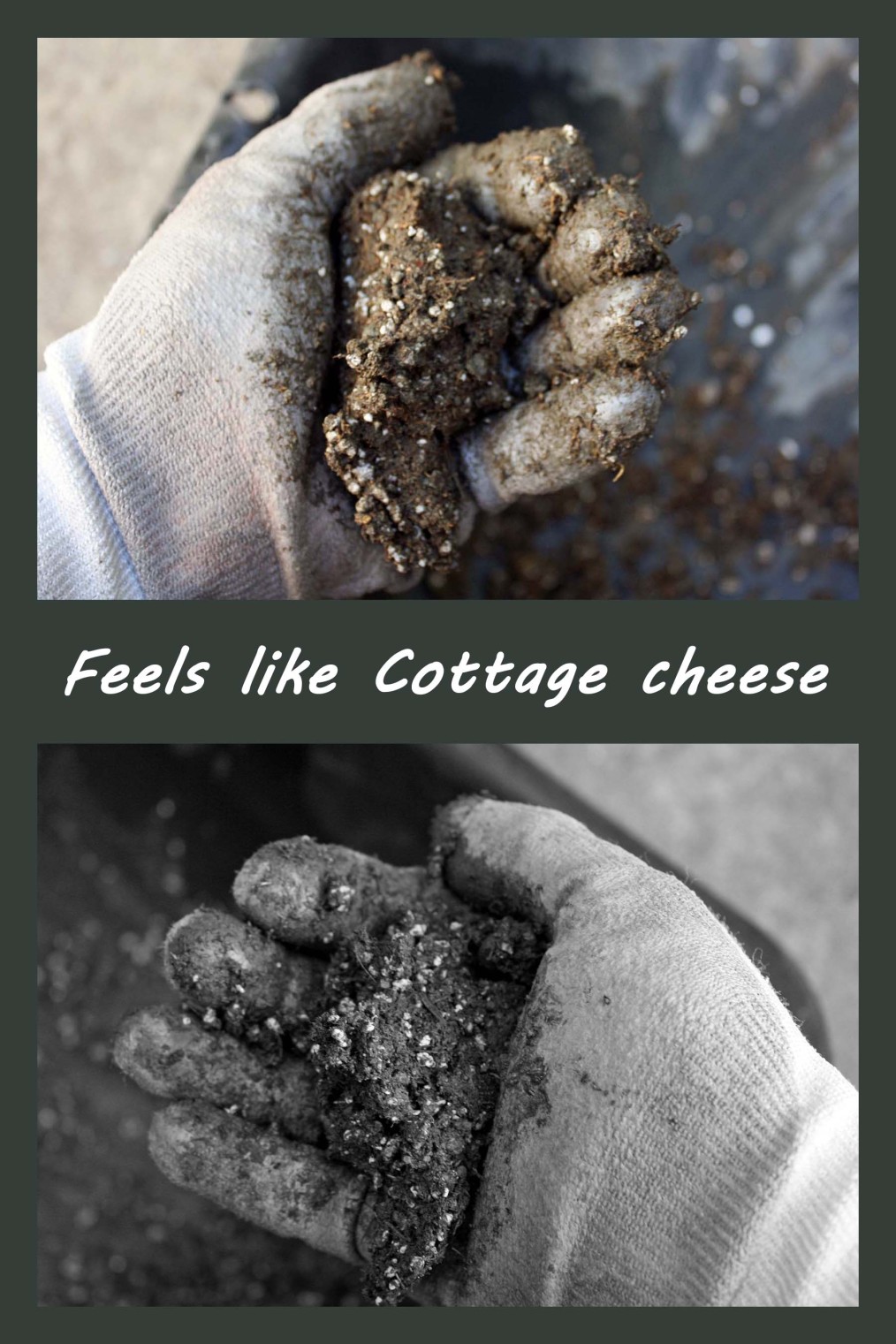
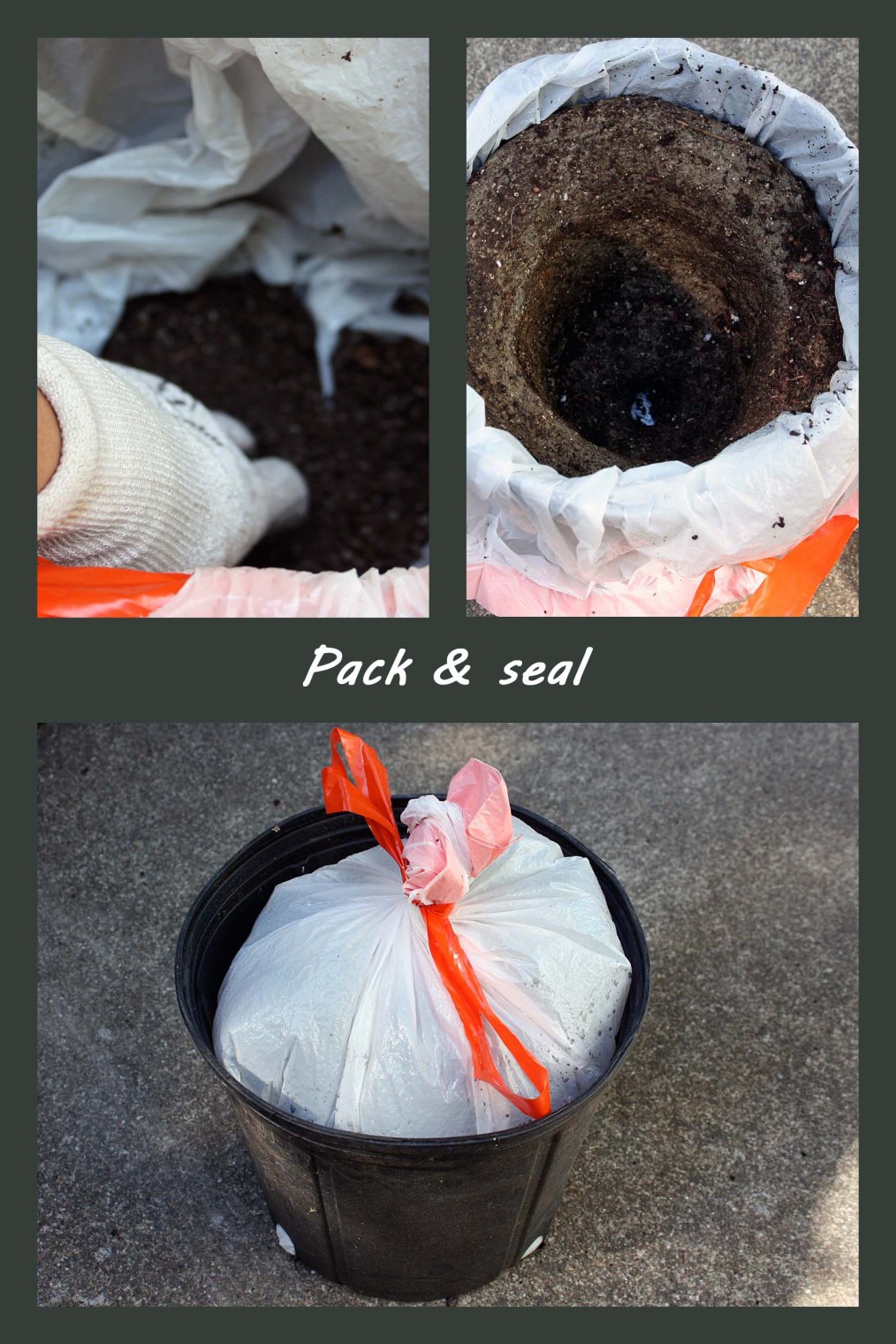
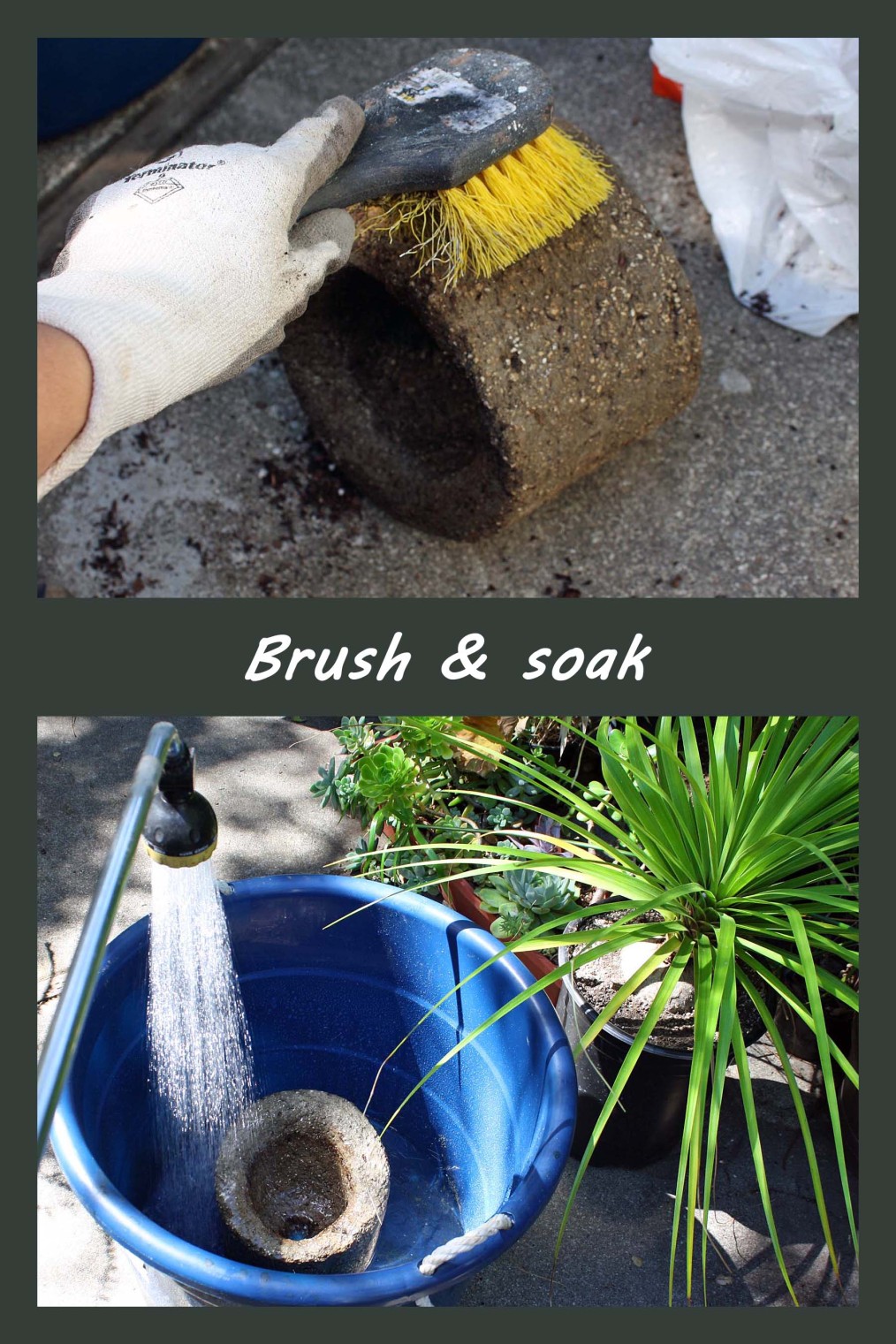
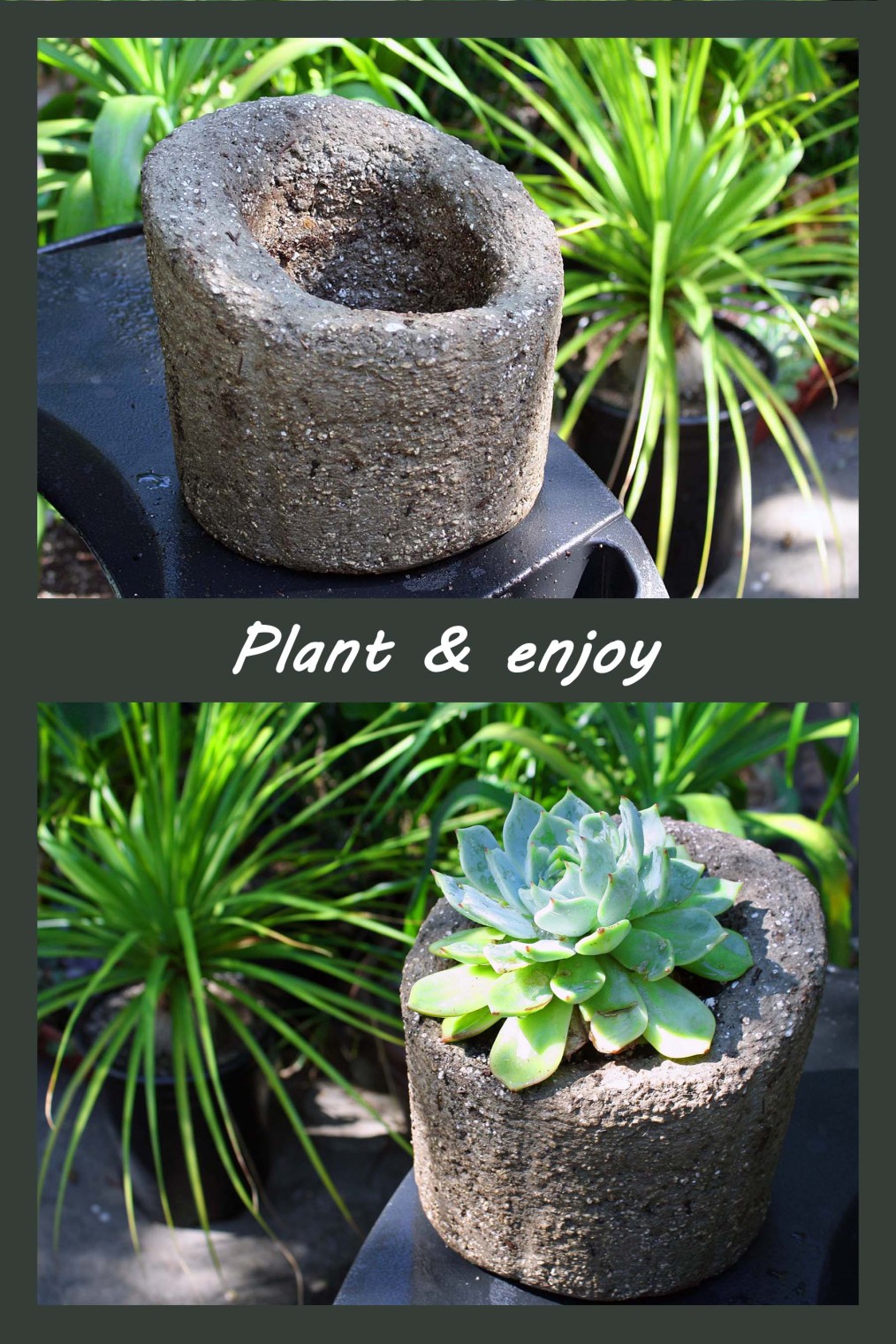
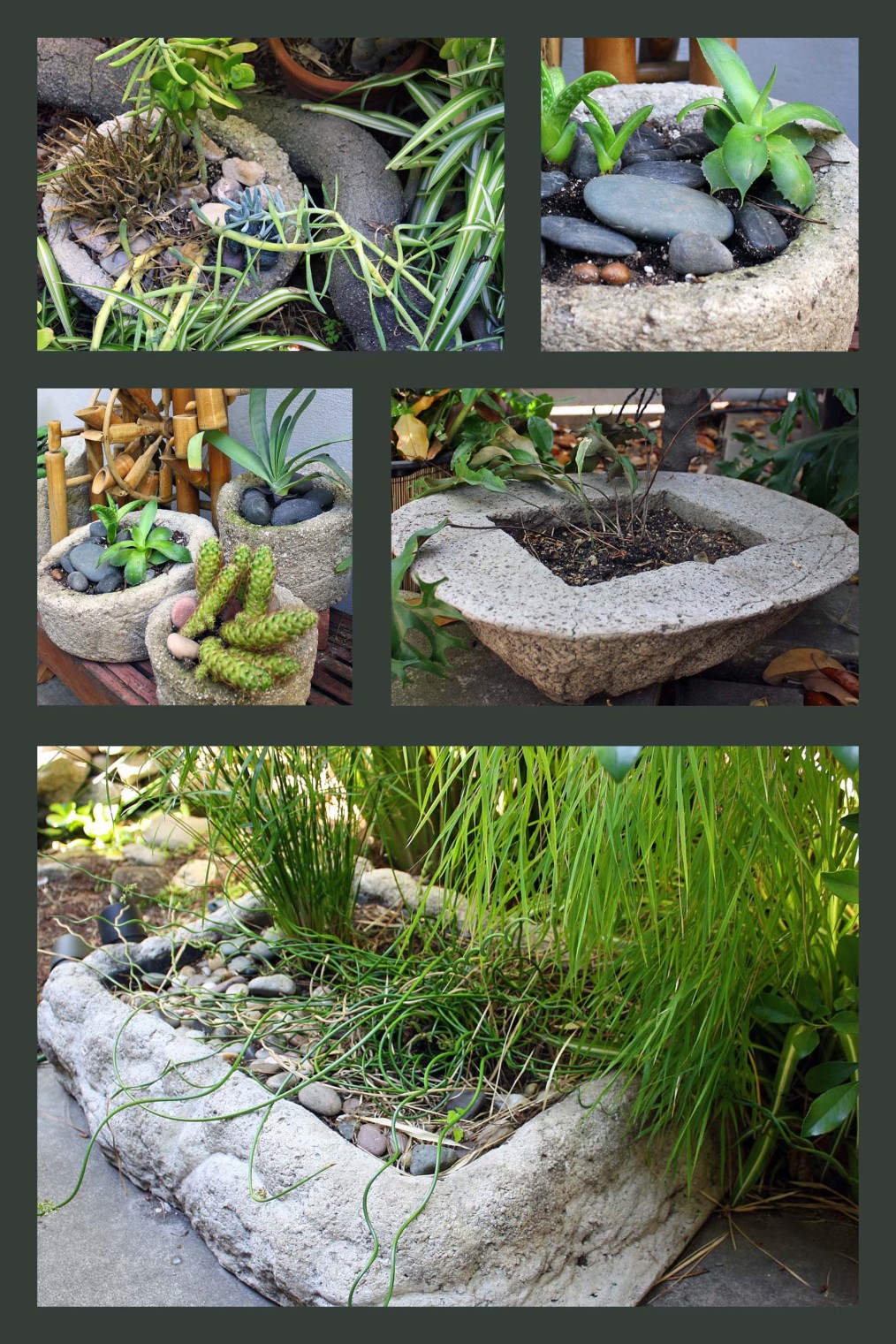

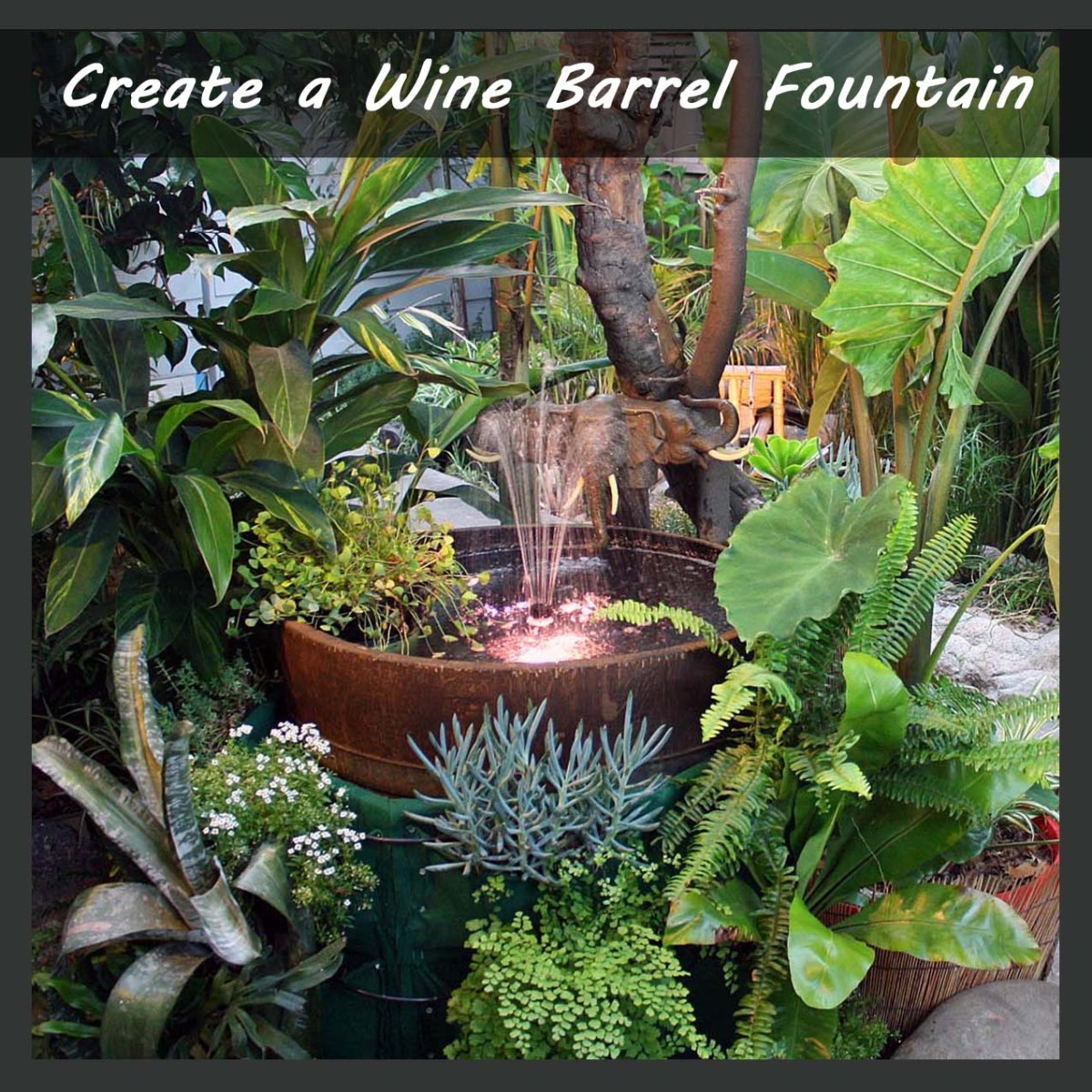

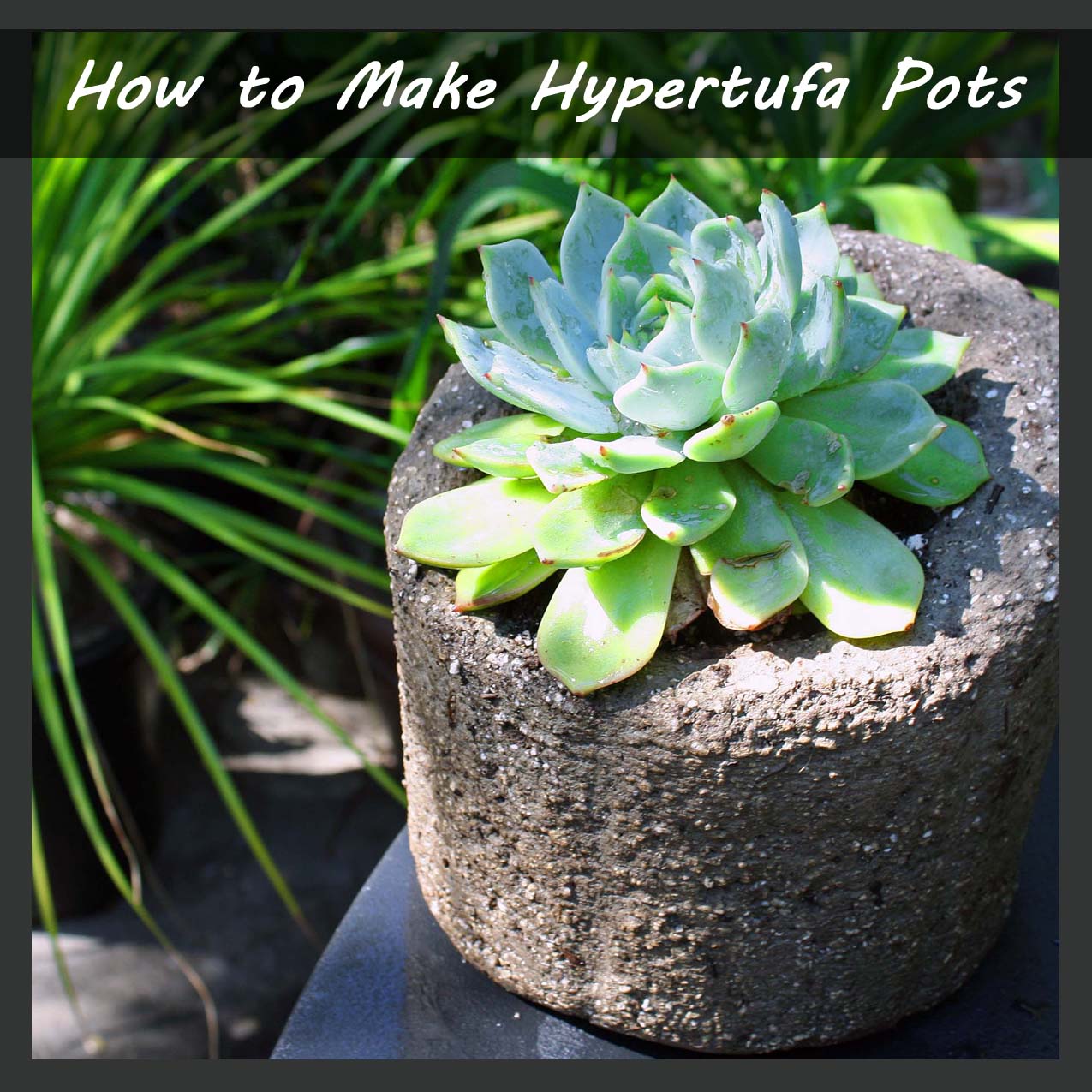
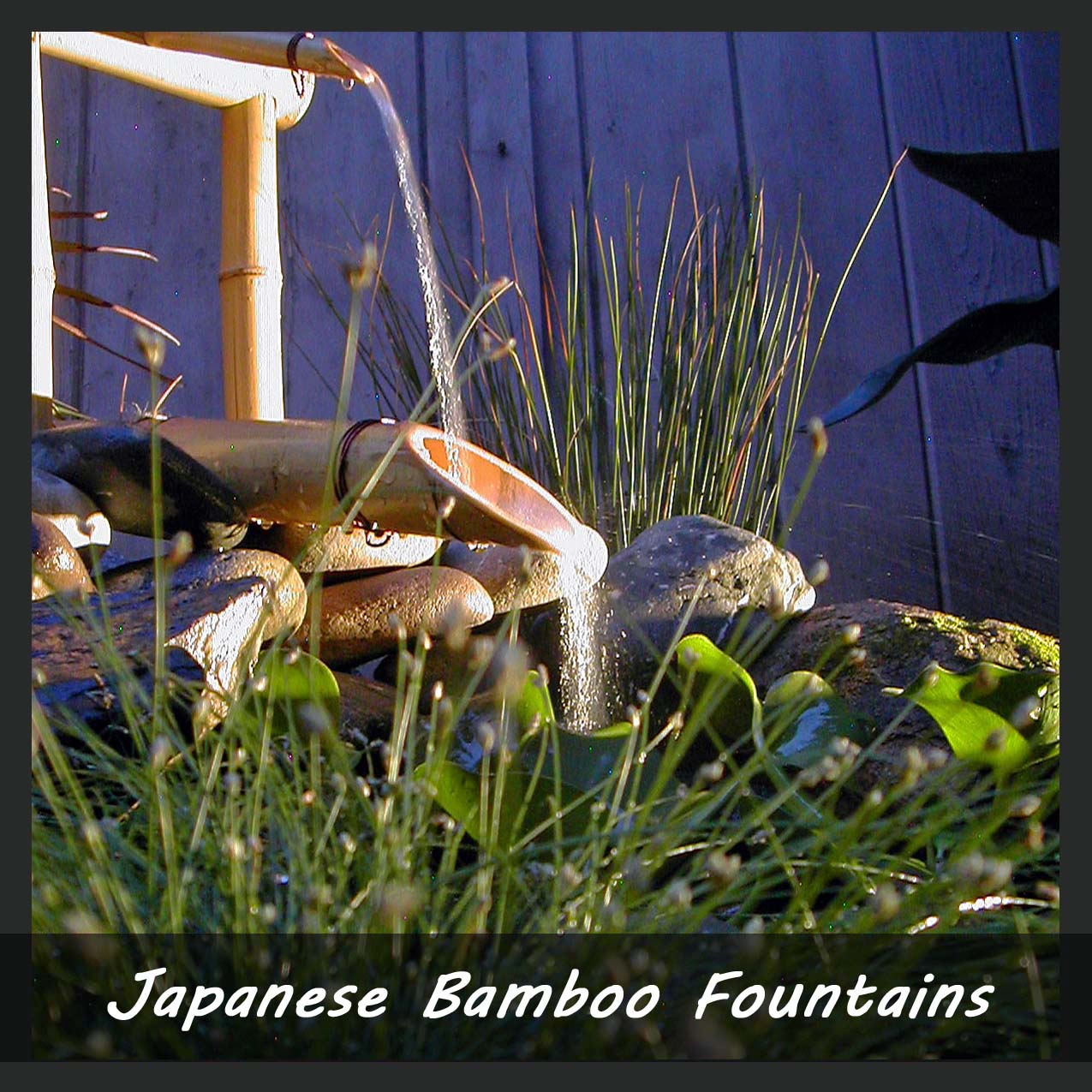
This is one of my favorite blogs so far – informative and great pics !!
Super tutorial!
Stacey
helllllloooooooooo Christmas gifts, 2012!! Hypertufa pots with cuttings from my yard for everyone!!! What a GREAT DIY present!!!
Reblogged this on The Three G's.
Wonderful! I just stumbled your blog!